The dictionary is a significant landmark in the history of epigraphical studies in India. It first emphasises the importance of medieval Indian inscriptions and especially South Indian inscriptions as an invaluable treasure that, however, requires proper understanding especially where the terms used in inscriptions are concerned as they have sometimes different meanings. It explains all the important technical vocabulary in South Indian inscriptions which constitute the bulk of Indian inscriptions, giving importance to the context and time of each usage.
A result of years of strenuous work by a team of epigraphists, the dictionary arranges the epigraphic terms in alphabetical order. It identifies words that are obsolete and obscure due to lapse of centuries and gives meanings of a tentative nature for them. Volume 1 covers terms from A to D.
Beginning with an overview of history of South Indian inscriptions, each entry word in the dictionary is followed by an indication of the language of the inscription where it appears—Kannada, Malayalam, Tamil, Telugu, Prakrit or Sanskrit—indicating the original source of the word. This is followed by the meaning of the word in English, and the text of the inscription and its roman transliteration and English translation. The references to dynasties and the kings’ names follow along with the Shaka years of their reign or the years of their reign as given in the inscription and their Gregorian equivalent. The entries also refer to inscriptions from commercial guilds. Where an inscription is undated, the century to which it can be assigned on palaeographical grounds is mentioned.
The editor of the volume is K. V. Ramesh who has been Director (Epigraphy), Archaeological Survey of India.


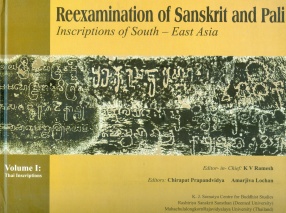
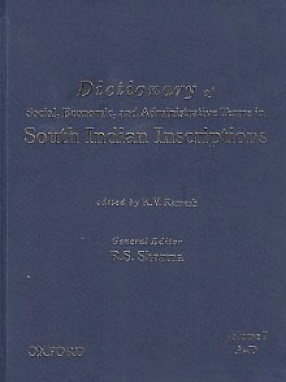

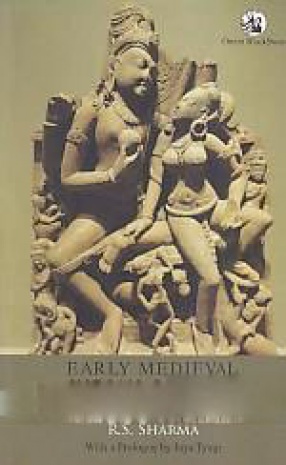



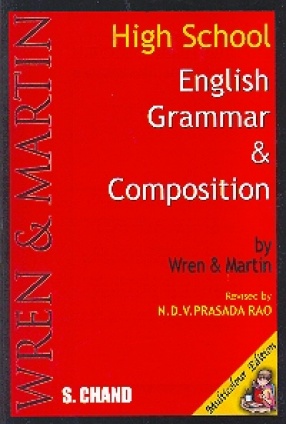
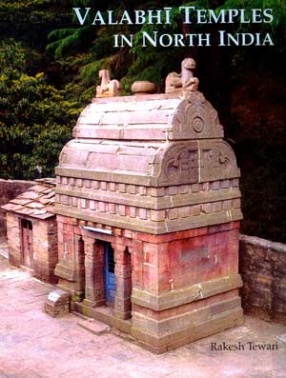
There are no reviews yet.